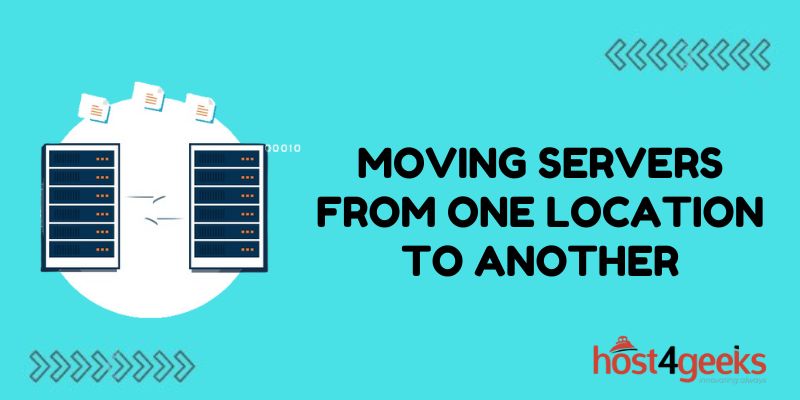Relocating business servers can be a major undertaking, but with careful planning and execution, it can be a smooth process. There are many factors to consider when moving servers from one location to another, from timing and costs to data security and connectivity.
This step-by-step guide will explore the key phases and considerations when moving servers from one location to another. Follow best practices around preparing and documenting the move, transporting equipment securely, confirming connectivity in the new site, and maintaining service availability.
With the right frameworks in place, your next server migration can progress with military precision, on-time, and on budget. The process does not need to be painful if properly orchestrated upfront.
Developing a Detailed Moving Plan
The first critical task is to develop a comprehensive moving plan. This should outline details like:
- Origination and destination sites
- Server specifications
- Networking requirements
- Data migration needs
- Timelines and schedules
- Staff responsibilities
- Software and services affected
Having a clear understanding of all aspects of the move is essential for catching potential issues ahead of time. Be sure to consider future growth when planning infrastructure at the new site.
Understanding Server Logistics
It’s important to understand specifics on the physical servers to be moved, including:
- Number, models, and configurations
- Rack unit sizes
- Power, cooling, and space requirements
- Weight, dimensions, and transport method
- Securing servers and components for transit
Document configuration details like port numbers, cabling, IP addresses, and software settings prior to the move. This facilitates smooth configuration at the new site.
Preparing the New Data Center Location
The new data center space should meet technical specifications for hosting servers, including sufficient:
- Electrical systems and backup power
- Cooling and ventilation
- Physical security and access controls
- Network bandwidth capacity
All racking, power, and cooling should be tested ahead of time. The space should also meet all requirements for service provider connections.
Migrating Data to Avoid Downtime
To keep downtime to a minimum when moving servers, data should be migrated in advance whenever possible. This can involve:
- Replicating/syncing data to the new location
- Leveraging storage transport methods like SAN switching
- Physically transporting data devices
- Using cloud storage for temporary hosting
Test restored data at the new site to ensure files are intact and functioning properly after transport.
Mitigating Security and Compliance Risks
Server relocation introduces new security and compliance considerations, including:
- Encrypting stored data during transport
- Physically securing and tracking servers
- Maintaining chain of custody documentation
- Adhering to regulatory policies on location changes
Have security protocols clearly defined prior to the move. Perform testing to uncover potential issues like data leaks ahead of cutover dates.
Moving One Server at a Time
It is normally best practice to move servers over one by one rather than all at once. This allows services relying on each server to be validated before bringing more hardware over. A gradual move also limits downtime exposure if any issues emerge.
Have rollback contingencies ready for rapidly reverting to the original site as needed. Maintain dual operations at both sites during the transition period.
Configuring Connectivity at the New Facility
Network connectivity is obviously critical when rehoming servers. Key steps here include:
- Ordering/installing sufficient bandwidth
- Setting up routers, switches, firewalls
- Configuring domains, subnets, VLANs
- Testing latency sensitivity for applications
- Updating DNS records for seamless cutover
Having redundant ISP connections and monitoring for outages during the move protects against disruptions.
Validating Successful Functionality
Once servers are installed and connected in the new environment, all services and data should be rigorously tested, including:
- Server uptime, speed, and temperature monitoring
- Application availability and performance
- Network throughput and packets lost
- Data integrity checks
- REST APIs and integrations
- Intrusion detection and prevention systems
Address any stability issues or anomalies that arise before closing out the move project.
Documenting All Aspects of the Move
Be sure to thoroughly document the entire server relocation process, including inventory records, configuration details, issues encountered, and solutions. This valuable reference can inform future moves and help new staff support the environment.
Conclusion
While moving business servers introduces many variables to manage, careful advance planning aligned with best practices can pave the way for a smooth transition between locations. Keep the focus on maintaining data and application availability throughout the relocation.
With robust testing and documentation, servers can be migrated to new facilities while avoiding significant disruption.

